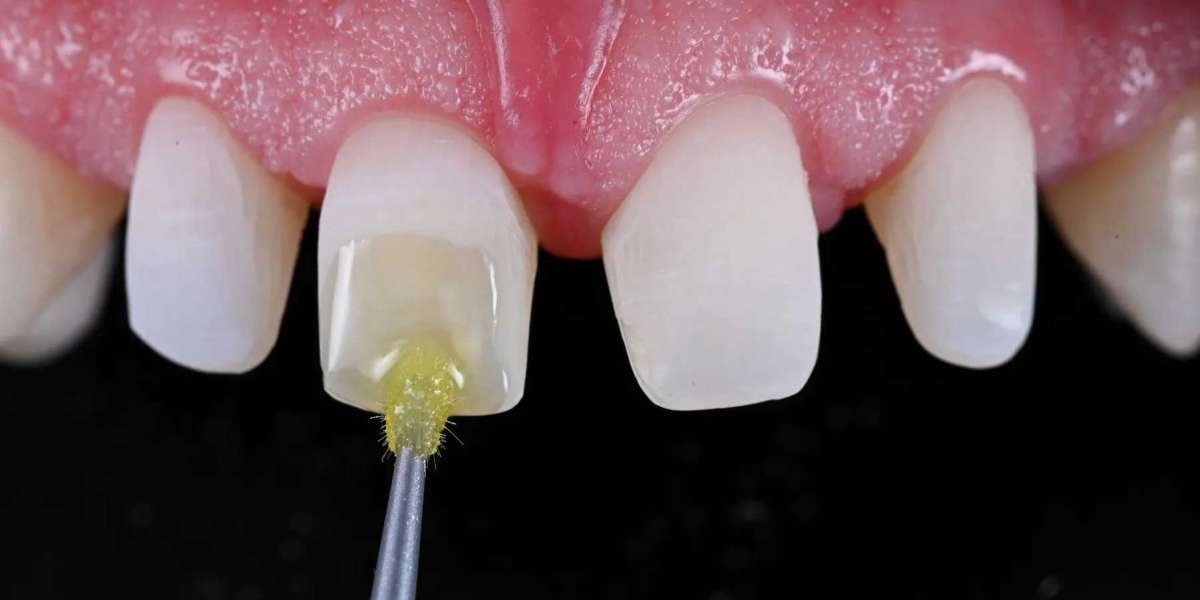Many patients wonder how to remove dental cement from teeth, especially after a dental procedure like a crown or bridge placement. Dental Bonding Cementing is a strong adhesive material used to keep restorations secure, but sometimes it needs to be removed—either because it's temporary, has overflowed, or a restoration is being replaced. While this task should primarily be handled by a dental professional, it’s helpful to understand the process, tools involved, and reasons why removal might be necessary. Knowing the basics also helps you avoid potential damage to your enamel or gums.
Reasons for Dental Cement Removal:
There are multiple scenarios where dental cement removal becomes necessary. Some cases are routine and part of standard treatment, while others may involve unexpected complications. Recognizing these situations can help patients understand when to seek dental assistance.
Common reasons include:
Temporary restorations being replaced by permanent ones
Excess cement overflow irritating the gums or causing plaque buildup
Failed bonding requiring crown or bridge replacement
Discomfort or inflammation due to trapped cement
Cosmetic adjustments or bite corrections after cementation
Dentists are trained to detect these problems early and address them carefully to prevent damage or discomfort.
Tools and Techniques Used by Dentists:
Dentists use specialized tools and gentle techniques to safely remove dental cement without harming the surrounding tooth structure. The method varies depending on whether the cement is temporary or permanent, and what type of restoration is involved.
Typical tools and methods include:
Ultrasonic scalers to gently break apart hardened cement
Hand instruments like dental picks or scalers for precision scraping
Rotary tools or drills for more stubborn permanent cement
Air abrasion devices to remove fine particles without scratching enamel
Polishing agents to restore the tooth’s natural texture and gloss
The removal process is usually painless, though local anesthetic may be used if the underlying tooth is sensitive.
Risks of Attempting DIY Cement Removal:
Although it may be tempting to remove dental cement at home using household items, this is strongly discouraged. Improper techniques can lead to serious complications, and what seems like excess cement could actually be part of the restoration.
Risks of DIY attempts include:
Scratching or chipping enamel
Gum laceration or bleeding
Loosening of permanent dental work
Incomplete removal leading to bacterial buildup
Infection or inflammation from sharp tools or unclean conditions
If you suspect excess cement or discomfort near a recent restoration, always consult your dentist for safe and accurate evaluation.
Aftercare and Prevention Tips:
Once the cement is properly removed, maintaining good oral hygiene is crucial to prevent further complications. Whether the cement was temporary or permanent, the underlying tooth and gum area will need gentle care for the next few days.
Best practices after removal include:
Rinsing with warm salt water to soothe the area
Using a soft-bristled toothbrush to avoid irritation
Flossing gently around the affected tooth
Avoiding sticky or hard foods that may stress the area
Scheduling follow-up appointments to monitor healing or adjust restorations
These small habits can go a long way in maintaining comfort and ensuring long-term success with your dental work.
When to Call Your Dentist?
If you feel sharp edges, swelling, or discomfort around a crown or bridge, it may be time to address leftover Dental Bonding Cementing Treatment. Acting early can prevent more serious oral health issues and keep your smile looking and feeling great.
Signs that you should visit your dentist:
Persistent gum irritation or redness around the crown
Sensitivity to temperature or pressure
Bad taste or odor, which may indicate trapped cement
Visible white or yellow debris at the gum line
Movement or looseness of the restoration
Timely professional care ensures proper removal of cement and protects both your restoration and the natural tooth structure underneath.




